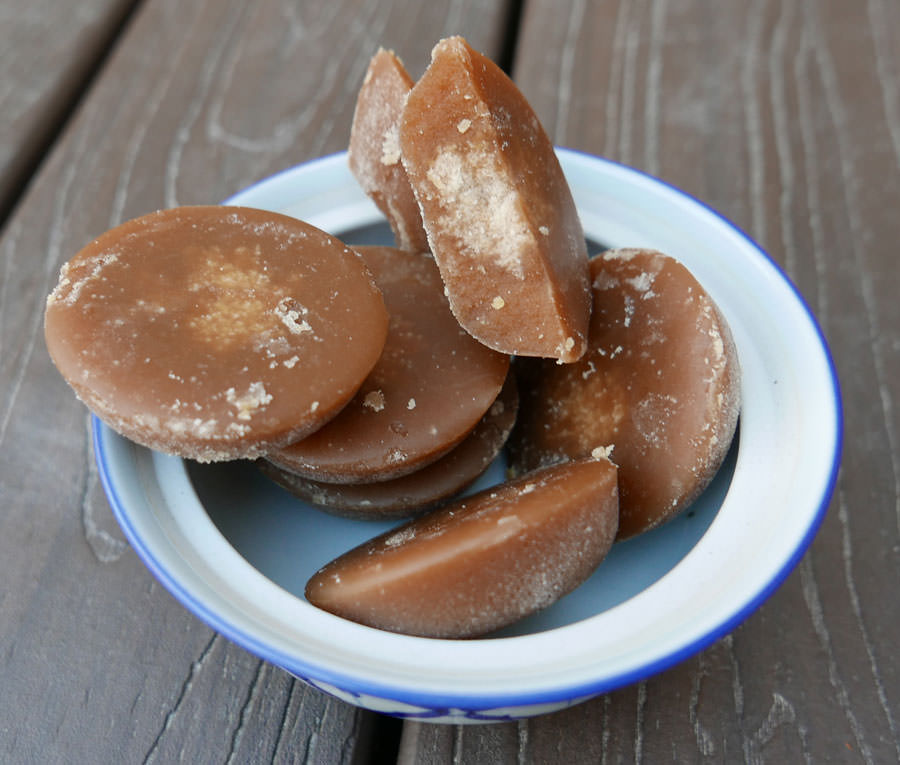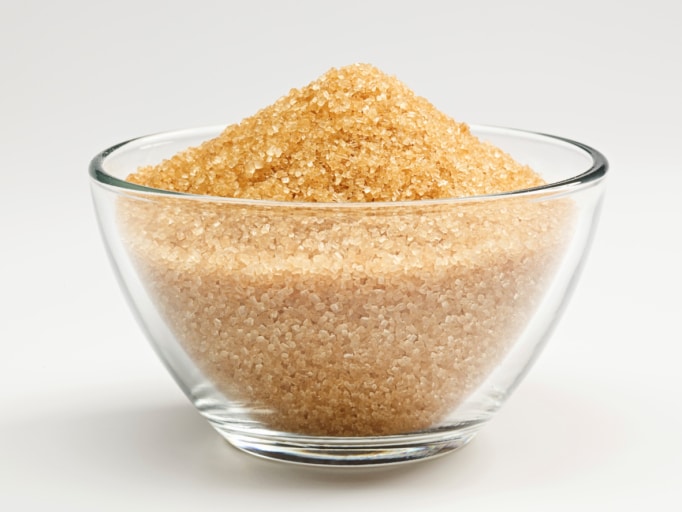Advanced Cane Sugar Processing: Enhancing Efficiency and Sustainability
An In-Depth Guide to the Environmental Effect and Sustainability Practices in Walking Cane Sugar Processing
The ecological effect of walking stick sugar processing offers a complex array of challenges that warrant mindful assessment. From soil destruction and too much water usage to the carbon impact connected with growing and manufacturing, the repercussions of traditional techniques are significant. What specific techniques can be executed to strike an equilibrium in between productivity and ecological stewardship?
Overview of Walking Cane Sugar Handling
Cane sugar handling entails a series of organized steps that change sugarcane into polished sugar. Initially, collected sugarcane is moved to processing centers, where it goes through cleansing to eliminate dirt and debris. Following this, the walking cane is crushed to draw out juice, which is after that clarified by getting rid of impurities with heating and the addition of lime.
The made clear juice undertakes dissipation, where water is removed to concentrate the sugar material. These crystals are divided from the continuing to be syrup making use of centrifugation, resulting in raw sugar.
The final item is then dried and packaged for circulation. Throughout this whole procedure, keeping performance and quality control is necessary to ensure the sugar satisfies market requirements. Each action in walking stick sugar handling not just adds to the end product yet additionally has effects for source usage and waste generation, establishing the phase for conversations on sustainability and ecological influences related to sugar production.
Ecological Obstacles of Manufacturing
The manufacturing of walking cane sugar offers numerous substantial ecological obstacles that warrant interest. One main worry is the considerable use agrochemicals, consisting of plant foods and chemicals, which can lead to dirt destruction, biodiversity loss, and contamination of regional water sources. The runoff from sugarcane areas frequently carries these chemicals into neighboring ecological communities, interfering with water life and impacting the health of communities reliant on these water bodies.
An additional challenge is the high energy intake connected with sugarcane processing. The boiling and refining stages call for considerable heat, largely produced by burning fossil fuels, adding to greenhouse gas discharges. Additionally, the large acreage required for sugarcane farming can cause deforestation and environment devastation, additional intensifying environment modification and threatening wild animals.
Moreover, the labor techniques in some regions elevate honest worries, as workers might deal with inadequate working conditions and poor salaries. This scenario commonly perpetuates a cycle of destitution in neighborhood communities. Cane Sugar Processing. Resolving these environmental obstacles is important for developing much more lasting practices in walking cane sugar production, eventually benefiting both the setting and the areas included in this market
Water and Land Use Effect
Water sources and land usage are critical elements in the cane sugar market that dramatically impact the atmosphere. The farming of sugarcane requires considerable water input, with price quotes recommending that it can consume approximately 2,000 liters of water per kilogram of sugar produced. This extensive use of water commonly causes exhaustion of regional water sources, impacting not just the sugarcane vineyards yet likewise bordering ecosystems and communities that count on the exact same water sources for farming and domestic usage.

Furthermore, land usage for sugarcane cultivation can bring about deforestation and the conversion of all-natural habitats right into monoculture plantations. This method diminishes biodiversity, disrupts regional communities, and adds to soil deterioration. The expansion of sugarcane fields usually intrudes on beneficial agricultural land, developing competition for resources between food and biofuel manufacturing.
Sustainable methods, such as maximizing watering techniques and carrying out plant rotation, are important to mitigate these impacts. By embracing a lot more reliable water usage and land administration methods, the walking cane sugar industry can decrease its environmental impact, guaranteeing a balance between farming performance and ecological conservation.
Greenhouse Gas Emissions
Greenhouse gas emissions represent a considerable environmental worry within the walking cane sugar handling sector, particularly as farming methods broaden to fulfill worldwide demand. The growing of sugarcane, a plant that grows in tropical environments, depends heavily on artificial plant foods and chemicals, which add to laughing gas exhausts. Furthermore, land-use changes, consisting of logging for brand-new sugarcane ranches, launch carbon dioxide kept in vegetation and soil.
Throughout processing, power consumption is an additional major resource of greenhouse gas exhausts - Cane Sugar Processing. Lots of sugar mills make use of nonrenewable fuel sources to power machinery and generate warmth, leading to significant carbon footprints. Furthermore, the transport of raw sugarcane and completed products includes layers of discharges through gas burning in lorries
This entails assessing existing agricultural methods, refining methods, and transportation systems to recognize areas for enhancement and mitigation. Resolving greenhouse gas discharges is crucial for fostering a much more lasting walking cane sugar industry in an altering environment.

Sustainable Practices and Innovations
Sustainable techniques and technologies are progressively vital in the walking cane sugar handling industry as stakeholders look for to decrease go to website ecological effects while keeping efficiency. One significant development is the implementation of incorporated plant administration, which optimizes resource usage by integrating soil monitoring, insect control, and plant rotation strategies. This method boosts return while lessening chemical inputs and preserving soil health.
Additionally, the adoption of sustainable power sources, such as biomass from sugarcane deposits, has gotten grip - Cane look what i found Sugar Processing. By converting waste items right into energy, processing centers can lower their reliance on fossil fuels, therefore lowering greenhouse gas discharges
Water monitoring practices have additionally seen improvements with the recycling and reusing of water in handling plants, considerably lowering freshwater consumption. Innovations in modern technology, such as precision agriculture, enable farmers to keep an eye on plant health and resource use better, making sure sustainable cultivation methods.
Moreover, qualification programs like Fair Profession and Rainforest Alliance encourage environmentally accountable farming methods and promote social equity within the supply chain. By accepting these sustainable methods and advancements, the walking cane sugar processing sector can enhance its resilience and contribute favorably to environmental stewardship.
Final Thought
The ecological effect of walking stick sugar processing provides considerable difficulties, including soil destruction, high water usage, and greenhouse gas emissions, along with moral issues associated to labor techniques. Resolving these concerns through lasting methods, such as incorporated plant monitoring, renewable power fostering, and water recycling, is crucial. By advertising socially fair and eco accountable methods in sugar production, the market can mitigate its damaging impacts, guaranteeing an extra lasting future for both ecological communities and neighborhoods included in this industry.
Cane sugar processing entails a series of systematic steps that change sugarcane right into refined sugar. Each action in walking cane sugar handling not just adds to the final item however likewise has ramifications for resource usage and waste generation, establishing the phase for discussions More hints on sustainability and ecological impacts associated with sugar production.
Greenhouse gas exhausts represent a significant environmental problem within the walking stick sugar processing industry, specifically as farming practices increase to meet global demand.Sustainable techniques and innovations are progressively crucial in the cane sugar handling industry as stakeholders seek to reduce environmental influences while keeping performance.The environmental influence of walking cane sugar handling offers substantial challenges, including soil deterioration, high water intake, and greenhouse gas exhausts, alongside honest concerns related to labor practices.